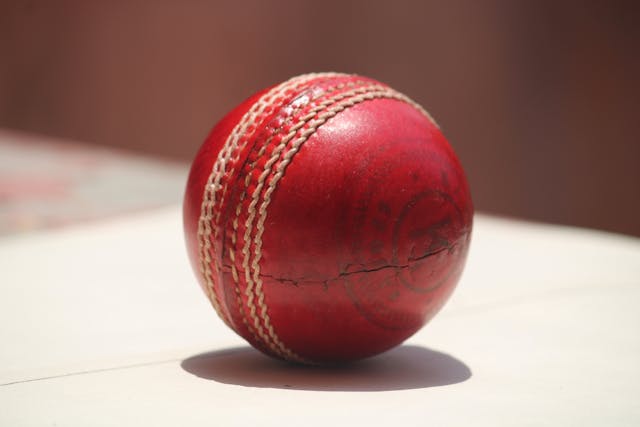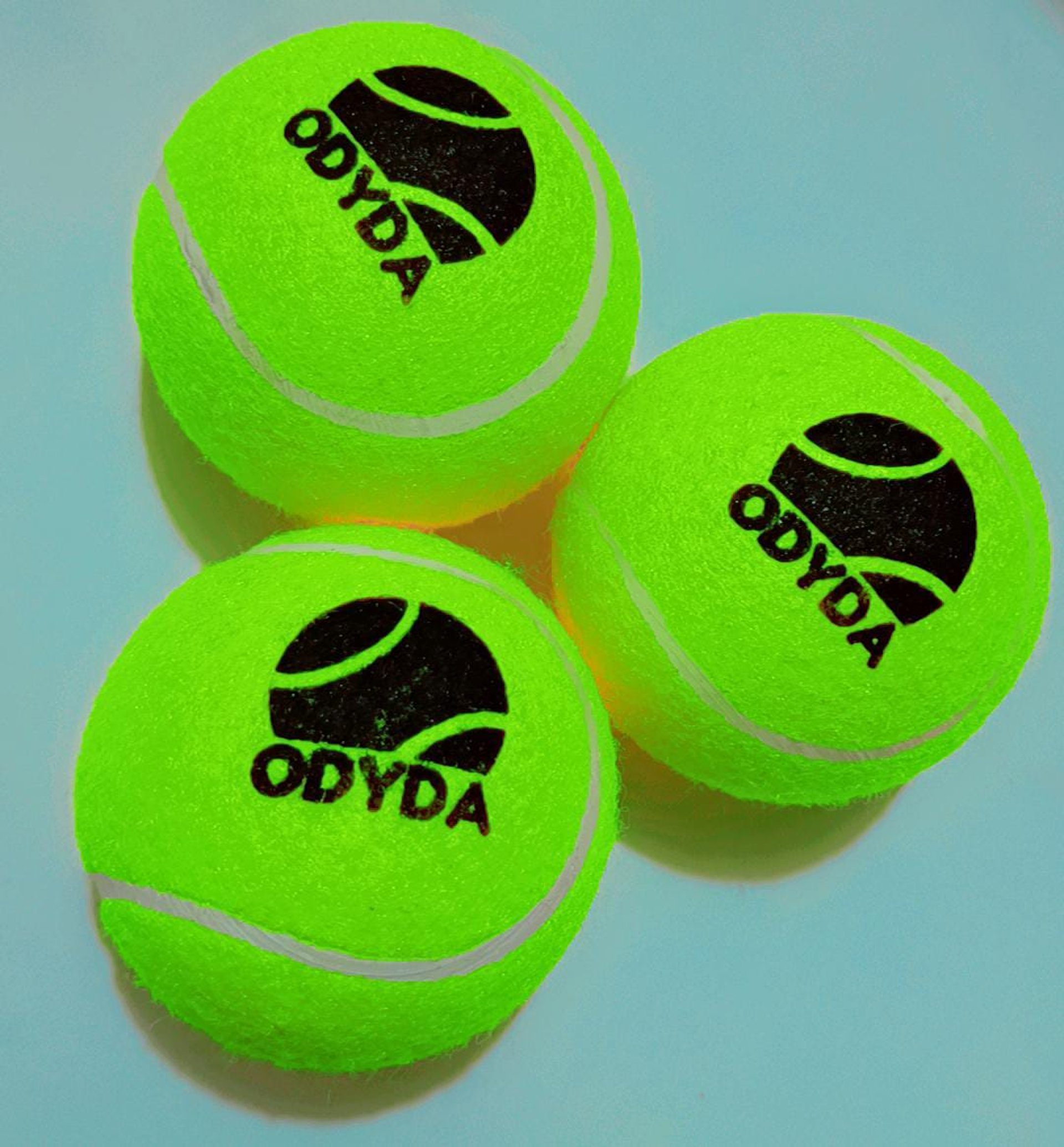🌍 Worldwide Shipping — Custom Gear Delivered Right to Your Doorstep
How to Choose the Perfect Cricket Ball Cricket for Your Game
Shop high-quality cricket balls for practice, matches, and professional play at Odyda.com
CRICKET BALLS
10/3/20253 min read


Introduction
Cricket is more than a sport; it's an obsession, a lineage, and a somewhat skillful competition requiring an assortment of practice and equipment. Among all of the pieces of cricket gear, none of the cricket balls holds a greater factor than conditioning the result of a match. If you are a novice, a club-level player, or a complete professional, the ability to choose the best cricket ball for your game could be a deciding factor in performance and consistency.
The Importance of Choosing the Right Cricket Ball
The cricket ball is more than just a piece of leather; it makes the game. Quality directly influences swing, bounce, speed, and spin, but also durability. Choosing the wrong ball can adversely affect the game—and even cause injury. Hence, every player must learn how to choose the right cricket ball for his or her use.
Why is this important?
To enhance practice for bowling and batting
Better performance in the field
To match the skill and format of the user
To decrease the chances of injury
Longer lasting and worth your money
Factors to Take Into Account While Choosing a Cricket Ball
1. Type of Ball (Red, White, or Pink)
Red Cricket Ball → Traditionally used for Test matches and longer formats. It is durable and retains its shine for maximum swing.
White Cricket Ball → Benefits are utilized in ODIs and T20s, with visibility being better under lights and deterioration of maintaining shine being faster.
Pink Cricket Ball → Majorly for day-night Test matches, it provides good visibility and durability during the twilight phase.
2. Quality of Materials
The majority of cricket balls comprise cork, tightly wound string, and leather. In terms of their general gunny material, it is advisable to look out for:
Grade 1 Leather (for professional use)
Synthetic Leather (for training and beginners)
Hand-stitched seam (best for grip and swing)
3. Size & Weight of Ball
Men’s Standard: 5.5 to 5.75 ounces (155.9 to 163 grams)
Women’s Standard: 4.94 to 5.31 ounces (140 to 151 grams)
Junior/Youth: 4.69 ounces (133 grams)
4. Match Format
Test Matches → Red ball is preferred.
ODIs/T20s → A white ball for better visibility.
Training/Practice → Synthetic or softer.
5. Seam and Stitching
Sewing the seam is very important for swing and spin bowling. A very fine grade of cricket ball has a raised, hand-stitched seam yielding high durability and assisting the bowler in imparting movement.
Types of Cricket Balls
🔴 Red Cricket Balls
Used in test cricket and first-class matches
Known for their swing, seam movement, and ability to stay intact for a longer period of time
⚪ White Cricket Balls
Used in ODIs and T20 matches
Good visibility, not long-lasting in the sheen
🌸 Pink Cricket Balls
Used in day-night test matches
Designed to be durable and highly visible
🟡 Training Balls
They are softer and lighter and designed for beginners or for indoor cricket.
Training balls also come in synthetic and rubber options.
Selecting the Perfect Cricket Ball for Your Game: A Stepwise Guide
Choose your level: beginners, club, or professionals.
Select the format: red for Test matches, white for ODIs/T20s, pink for a day-night match.
Look out for quality: Look for hand-stitched seams and pure leather.
Mind the size and weight: Choose according to age and category (men, women, juniors).
Feel it: Hold the ball in your palm. It must feel hard, balanced, and smooth.
Choose a good brand: Opt for recognized names that guarantee durability.
Factor in your role: A good seam is preferable for spin bowlers, while the fast bowlers require something that can withstand wear and tear.
Tips for Maintenance of Cricket Balls
When you have managed to learn about the perfect cricket ball, it is now time to use it properly to get performance for a long time.
🧴 Use ball shine regularly to maintain swing.
🧤 Keep it in a cool, dry place to prevent cracking of the leather.
💧 Avoid exposure to moisture.
🏏 Rotate use- do not overuse one ball for every practice.
Also Read:
Why Do Dogs Love Tennis Balls? The Science, Fun, and Safety Behind the Obsession





